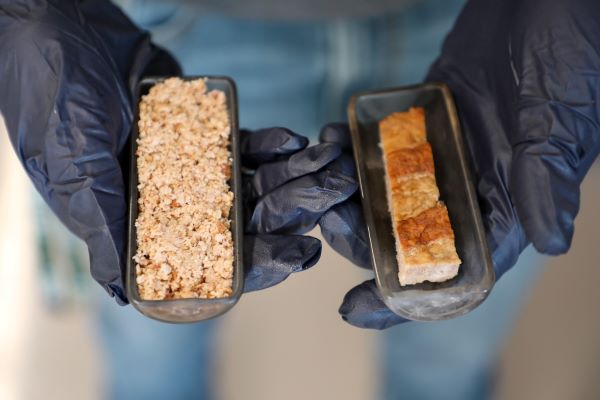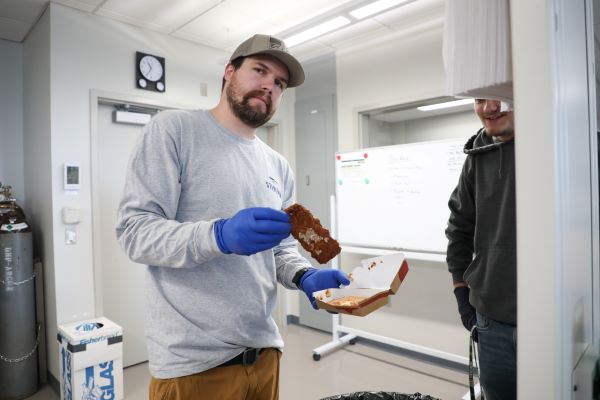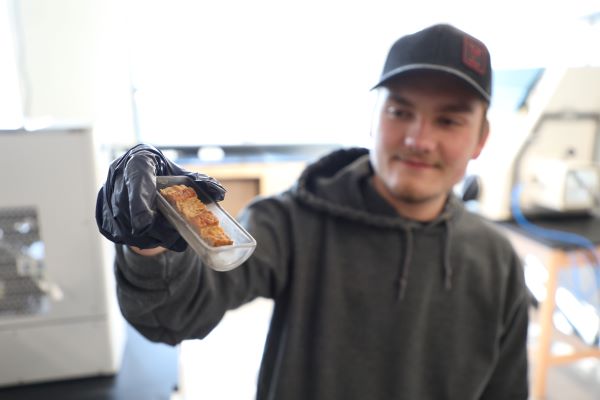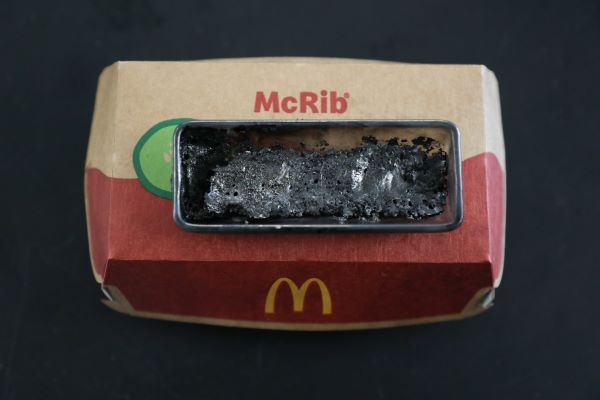Recipe gone wrong or experiment gone right? LaDouceur’s lab experiments to focus on possibility of food items as biochar source

It’s lunch time in Dr. Richard LaDouceur’s laboratory and his mechanical engineering students are getting ready to put a tasty riblet on to barbecue with the goal of getting it a good ways past well done. Unfortunately, this riblet is not destined for nourishment, but instead is headed for the blender where it will be transformed from a tantalizing delicious morsel into a disgusting mash.

LaDouceur’s students will heat the mash until nothing’s left except a piece of biochar. Biochar resembles charcoal, and is the substance that is left over after biomass has been burned. A lot of research has been done on the properties of biochar made from agriculture or forest products. LaDouceur’s lab has focused on finding a way to turn hemp stalks into a viable biochar product.

“You can make it from any type of biomass,” LaDouceur noted.
Aside from being a fun experiment, the riblet experiment poses new opportunities for biochar experimentation. Students at Montana Tech’s food bank had been landfilling expired food, but soon it will find a new home in LaDouceur’s lab, which can produce about four kilograms of biochar per day. Every food product will have different properties, and varying potential to be used a biochar.

“If you can produce some value-added product from waste streams, you can reduce waste,” LaDouceur noted.
Finding new sources of biochar can also be big business. Fortune Business Insights, a research firm, estimated the global biochar market was worth $149.2 million in 2020. It is projected to grow to $360 million by 2028.
Some of biochar’s uses include carbon sequestration and agricultural soil amendment. LaDouceur is using the biochar his lab produces to test novel separation techniques for rare earth elements in experiments funded by the DEVCOM Army Research Laboratory.